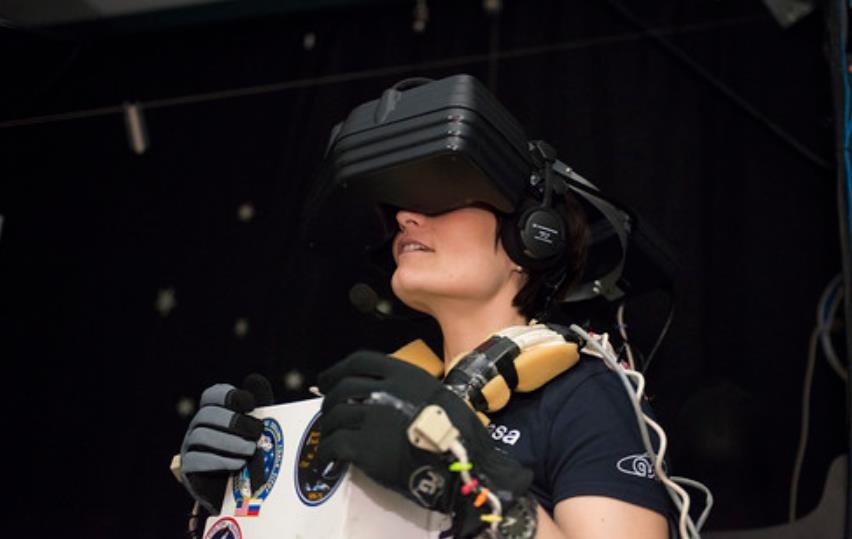Virtual reality (VR) is not only a tool for entertainment, but also for education and research. A new project led by the University of Birmingham aims to use VR to bring the fascinating world of nuclear and particle physics to life.
Nuclear and particle physics are fields that study the fundamental nature of matter and energy, and the forces that govern them. They explore phenomena such as the origin of the universe, the structure of atoms, and the properties of exotic particles.
However, these fields are often challenging to understand and visualize, as they deal with scales and concepts that are far from our everyday experience. Moreover, the experiments and facilities that are used to investigate these fields are often complex and inaccessible to the public.

This is where VR can help. VR is a technology that creates immersive and interactive simulations of reality, using devices such as headsets, controllers, and sensors. VR can provide a unique way of experiencing and learning about nuclear and particle physics, by allowing users to explore and interact with virtual environments that represent these fields.
The VRNAP project
The VRNAP project is a collaboration between the University of Birmingham, the Science and Technology Facilities Council (STFC), and the European Organization for Nuclear Research (CERN). The project aims to develop VR applications that showcase the research and facilities of nuclear and particle physics, and to use them for public engagement and education.
The project is funded by the STFC Public Engagement Spark Award, and is led by Dr. Cristina Lazzeroni, a Reader in Particle Physics at the University of Birmingham. The project team includes researchers, developers, and educators from the University of Birmingham, the STFC, and CERN.
The project has three main objectives:
- To create VR applications that demonstrate the principles and phenomena of nuclear and particle physics, such as the structure of the atom, the decay of radioactive nuclei, and the production and detection of particles.
- To create VR applications that showcase the experiments and facilities of nuclear and particle physics, such as the Large Hadron Collider (LHC), the world’s largest and most powerful particle accelerator, and the ALICE experiment, one of the four major experiments at the LHC that studies the quark-gluon plasma, a state of matter that existed shortly after the Big Bang.
- To use the VR applications for public engagement and education, by making them available online and at events, such as science festivals, museums, and schools.
The benefits of VR for nuclear and particle physics
The VRNAP project aims to bring several benefits to the fields of nuclear and particle physics, and to the public. Some of these benefits are:
- VR can enhance the understanding and appreciation of nuclear and particle physics, by providing a more intuitive and engaging way of learning about these fields, compared to traditional methods such as textbooks, lectures, and videos.
- VR can increase the accessibility and visibility of nuclear and particle physics, by allowing users to virtually visit and explore the experiments and facilities that are otherwise difficult or impossible to access, such as the LHC and the ALICE experiment.
- VR can inspire and attract more people to pursue careers and studies in nuclear and particle physics, by exposing them to the excitement and challenges of these fields, and by showcasing the diversity and impact of the research and researchers involved in these fields.
The VRNAP project is an example of how VR can be used to bring science to life, and to bridge the gap between the scientific community and the public. By using VR to showcase the research and facilities of nuclear and particle physics, the project hopes to spark curiosity and interest in these fields, and to foster a dialogue and collaboration between scientists and society.
